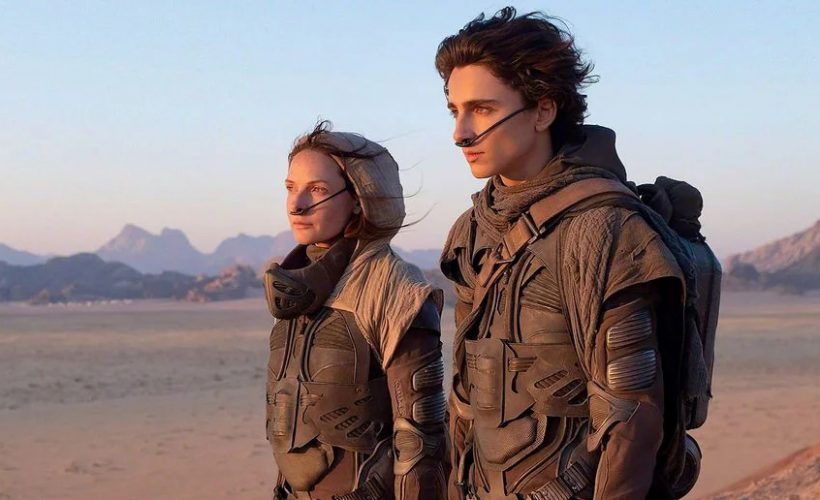Lifestyle
5.10.2019
Sultan Bin Fahad: “I wanted to go through Saudi modern history by the means of contemporary art”

Although he has a background in business, Sultan Bin Fahad started his artistic practice more than 14 years ago. A necessity to create that take on many forms, including videos, sculptures, photograms and installations. He presented through The Red Palace, a solo exhibition at the Athr Gallery in Jeddah during April. A serie of critical and material investigations of the region through the namesake palace in Riyadh.
The Red Palace was completed in 1944 for the Crown Prince Ibn Saud and became his royal residence for many years, now laying in ruins awaiting renovation plans. Through this exhibition divided into 14 rooms seen through seven chapters; The Red Palace,1979, Labor, Gulf War, Holy Economy, Dinner at the Palace, and Prayer Room, Sultan reframes the historical and political events that took place during the palace’s operation. The artist artistic practice focuses on pivotal personal moments that are synonymous with the social metamorphosis of his country, bringing him to collect historical relics and discarded objects from various sites across Saudi Arabia.
What did inspire you the Red Palace project?
I’ve always been intrigued by The Red Palace; so much so that my own home is painted the same distinct color. I have a fondness for many of the Saudi Royal palaces and I’m excited for the show to move to a royal Palace in Jeddah in June. I am grateful for the opportunity of being able to have the public experience these once private spaces, before they get repurposed.

Can you talk to us about the history of this place?
The Palace was completed in 1944 for then Crown Prince Saud bin Abdulaziz and became his royal residence for many years, where he greeted many heads of states, such as Jawaher Nehru, Jamal Abdul Nasser and Shukri Al Quwatli. After King Saud’s move to Al-Nasriya Palace, in 1953, The Red Palace became the Saudi Council of Ministers office and subsequently the Board of Grievances until 1987.
Why reinvesting lost objects in abandoned places?
Actually, I’ve been collecting objects for many years, so while I’d been showing my paintings, my more recent work was being developed in parallel. With the found objects, that later became main components of my most recent body of work, I knew I would use them, but the timing was crucial as well as the setting.
What is the message you want to convey?
I wanted to go through Saudi modern history by the means of contemporary art. With the installation To Dust, I wanted the work to disorient you and to cleanse your palette.
With opening up the palace and with the entire show, I think is the message I wanted to convey; the importance of innovation in contemporary art as well as pushing the boundries.
popular

